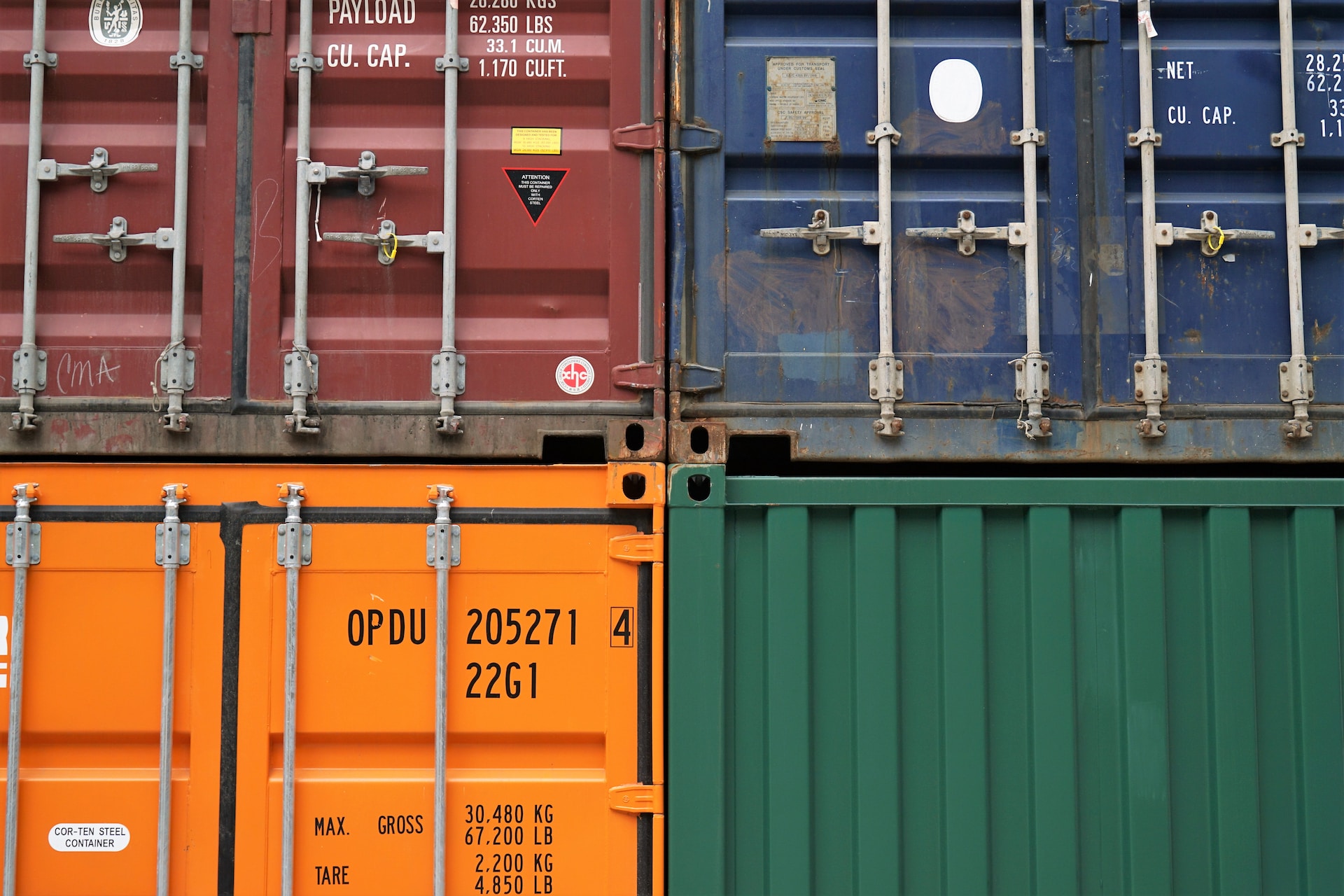In the world of commodity trading, understanding the distinction between soft and hard commodities is crucial. These two categories encompass a wide range of products, each with unique market dynamics, trading strategies, and economic implications. In this blog post, we’ll delve into the specifics of soft and hard commodities, including their approximate dollar values, to offer a clear understanding for commodity traders.
Soft Commodities: Nature’s Bounty
Soft commodities refer to agricultural products and livestock. They are typically grown and harvested, rather than mined or extracted. This category includes:
Agricultural Crops: Wheat, corn, soybeans, coffee, sugar, and cotton are prime examples. The prices for these commodities fluctuate based on weather conditions, harvest yields, and global demand. For instance, as of my last update in April 2023, the approximate dollar values per metric ton were: wheat ($280), corn ($250), and soybeans ($520).
Livestock: This includes cattle, hogs, and poultry. Livestock prices depend on feed costs, herd sizes, and meat demand. For example, live cattle were trading around $1.20 per pound.
Soft commodities are often more susceptible to spoilage and seasonal fluctuations compared to hard commodities.
Hard Commodities: The Extracted Essentials
Hard commodities are natural resources that are mined or extracted. They fall into two main categories:
Metals: This includes precious metals like gold and silver, and industrial metals like copper, aluminum, and iron ore. Gold, often considered a safe haven asset, had an approximate value of $1,950 per ounce, while copper traded around $9,500 per metric ton.
Energy: Key energy commodities are crude oil, natural gas, and coal. These commodities are critical to the global economy, with prices influenced by geopolitical events, technological advancements, and changes in energy policies. For instance, Brent crude oil was trading at about $70 per barrel.
Hard commodities are typically less susceptible to spoilage and can be stored for longer periods, making them a popular choice for long-term investments.
Market Value and Economic Impact
The total market value of commodities fluctuates based on various factors, including supply and demand dynamics, geopolitical events, and macroeconomic trends. As of my last update, the global commodities market was valued in the trillions of dollars, with hard commodities generally having a higher total value due to their extensive industrial and economic uses.
Trading Considerations
Commodity traders should consider several factors when dealing with soft and hard commodities:
- Volatility: Soft commodities are often more volatile due to their susceptibility to weather conditions and seasonal cycles. Hard commodities, while also volatile, are influenced more by economic cycles and industrial demand.
- Storage and Transportation: Hard commodities are typically easier to store and transport over long periods, whereas soft commodities require more specialized handling due to their perishable nature.
- Market Access: Futures markets are a common way to trade both soft and hard commodities. However, the entry barriers, contract sizes, and margin requirements can vary.
Conclusion: A Balanced Portfolio
For commodity traders, understanding the nuances between soft and hard commodities is essential for developing a balanced trading strategy. By recognizing the different factors that influence each type of commodity, traders can make more informed decisions, adapt to market changes, and potentially capitalize on the unique opportunities each market offers. Remember, the values mentioned are subject to change and should be used as a reference point for understanding market dynamics rather than absolute figures for trading.
Photo by Erwan Hesry on Unsplash


Leave a Reply